I was using iRobot’s Roomba and Braava, but Braava was broken.
I have broken it, so that record.
First of all, when I used Braava, an alarm sound came out on the way and stopped.
The alarm sound is like this↓.
Apparently it sounds like the battery has deteriorated if this alarm sounds.
Probably, I think that the alarm sound is coming out for the following reasons.
- The battery is loaded every time the mover moves.
- When loaded, the battery usually causes a voltage drop.
- As the battery degrades, the internal resistance of the battery increases and the width of the voltage drop increases.
- A minimum voltage for moving to the Braava side is set, and an alarm sounds when the voltage is lower.
By the way, when resistance is high to move when load is applied.
The Braava worked hard to move the wheels when it hit the wall, so the battery was loaded the most.
When it hits a wall like this, Braava works hard and tries to move, so it takes out more than 6A of current.
At the same time, the battery voltage drops and an alarm is triggered.
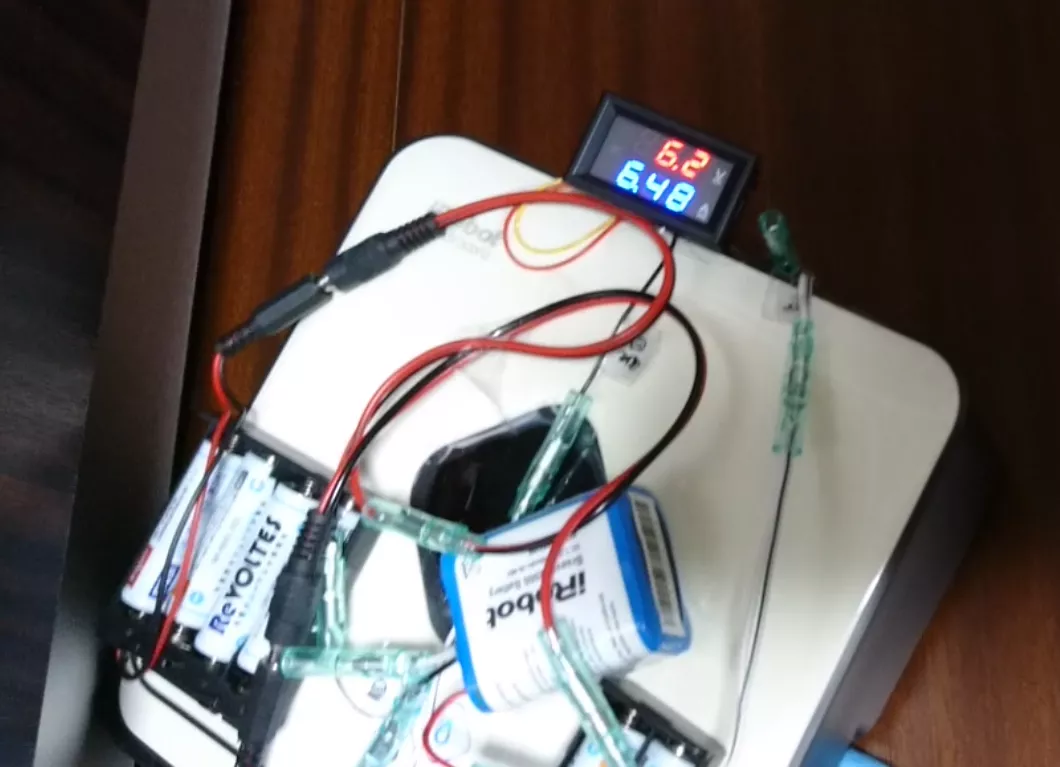
This problem is solved by battery replacement because the battery is deteriorated.
It is best to buy a genuine product, but a genuine product is expensive!
I think a third party product is also good.
I tried to run Braava with the batteries I had.
Braava’s battery is a spec of 2000mAh of nickel hydrogen rechargeable battery 7.2V.
From this figure, six nickel hydrogen rechargeable batteries (1.2V per battery) are included, and it will be about 2000mAh per battery. It should work if there are six equivalent nickel hydrogen rechargeable batteries.
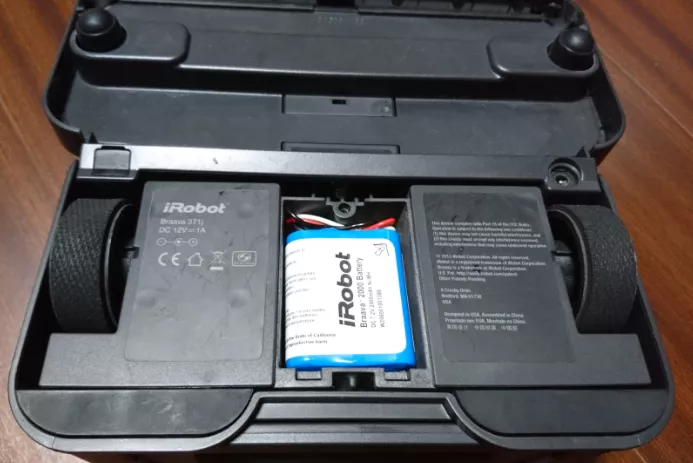
Because I wanted to try variously, I tried the following things.
| 6 batteries in series | 6 batteries in series | 4 batteries in series + boost circuit | 6 batteries in series + degraded battery in parallel | 6 batteries in series × 2 in parallel | Two lithium ion polymer secondary batteries in series | Two 18685 lithium ion rechargeable batteries in series | |
|
|
|
|
|
|
|
|
|
| Batteries | 1300mAh of Daiso | Toshiba’s 2600 mAh | Sony’s 1000 mAh | 1300mAh of Daiso and 1000mAh of Sony and 2000mAh of Buraba | Daiso’s 1300mAh and Toshiba’s 2600mAh | Two batteries which charged 3000mAh by 4.1V charge | Two batteries which charged 2000mAh with 4.1V charge |
| Result | △ | ○ | △ | ◎ | ◎ | ◎ | ✕ |
| Status |
It works, but after a few seconds the alarm sounds | It works, but alarm sound in about 10 minutes | It works, but after a few seconds the alarm sounds | Run for over an hour | Run for over an hour | Run for over an hour | It is broken |
| Consideration | Due to the low capacity, the battery is overloaded and an alarm sound is generated due to the voltage drop. | The capacity should be sufficient, but the operating time is shorter than expected. Because of the high internal resistance of Toshiba batteries? I can only predict about it. | Due to the low capacity, the battery is overloaded and an alarm sound is generated due to the voltage drop. | Even if the original Brava battery had deteriorated, it has become a battery of about 2500 mAh in total. There was sufficient battery capacity to operate. | It is a battery of 3900 mAh in total. There was sufficient battery capacity to operate. | A sufficient battery capacity of 3000 mAh at 8.2V. The high internal resistance inherent to the polymer was successful and no overcurrent flowed. |
Since it is not a polymer, the internal resistance is low, and an overcurrent flows to burn the base in it. |
By the way, I think that the battery deterioration this time is due to the memory effect that is a bad feature of the nickel metal hydride secondary battery. It is well known that it is better to charge the NiMH rechargeable battery after using it all the time. It’s not such a big house, so even if you use Braava enough, the battery has not been used up yet.
I was charging after cleaning every time.
There is also a way to restore the memory effect degradation. Discharging completely. For example, connect things like low power consumption LEDs and small fans and discharge them slowly (discharge with low current). It is refreshed if the voltage is measured carefully and discharged to about 0.9 V per battery (0.9 V x 6 = 5.4 V for a battery of Braava).
Braava has broken
Should have been stopped with a lithium ion polymer secondary battery.
The moment you connect 18650 cylindrical batteries, Pachi! It smells like it sounds and smells after 3 seconds.
Oh, the base was burned (not really a flame and not a burn, but a short-circuited wording).
I opened it inside.
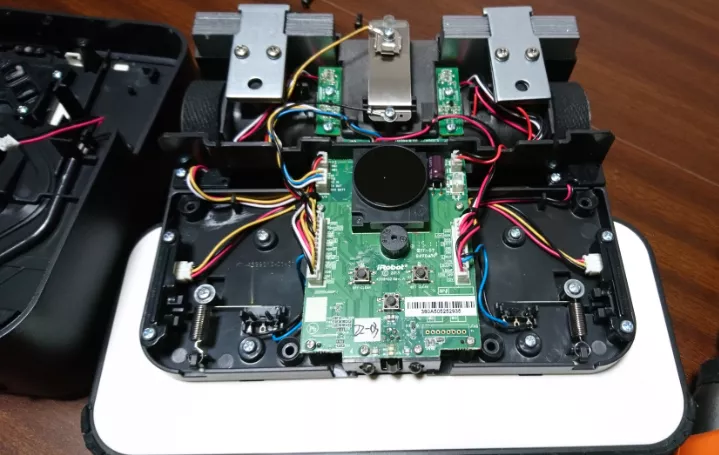
The burnt part was here.
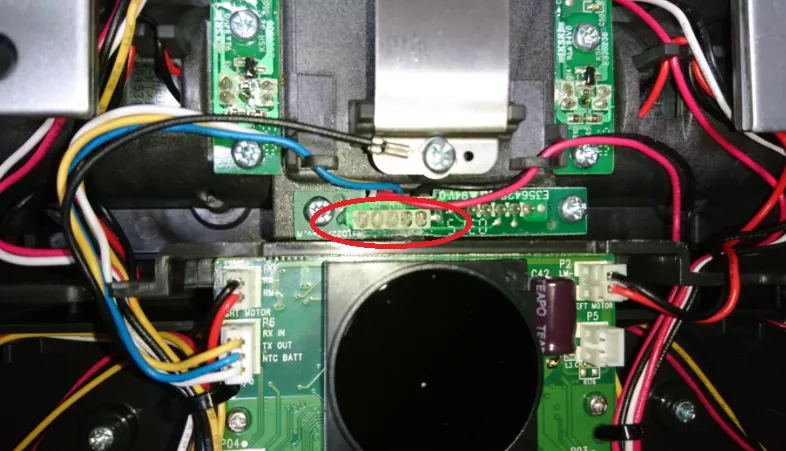
If this happened, I had no choice but to throw it away. It is bothersome to remove the parts here and search for parts to replace them.
The reason why the lithium ion polymer secondary battery was fine is that the internal resistance is worse in the polymer (high resistance) and it is predicted that the current does not flow there. I think that the reason is about this because both charging voltages were uniform.
High output, which is a feature of lithium ion secondary batteries.
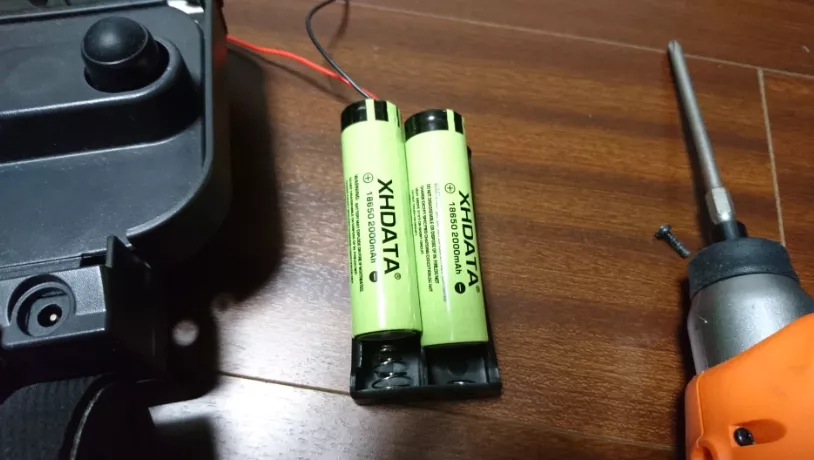
After all, the recommendation is “Dibea robot vacuum cleaner D850”
After moving Roomba until now, I used to wipe the water with Braava.
However, this is a wonderful robot vacuum cleaner where suction cleaning and water cleaning are completed in one go.

It was broken once but bought again. Because the support is good. Click here for details.

I made this summary a video
I attached a voltmeter and an ammeter, and operated the Braava on each battery.
I took videos and summarized it.
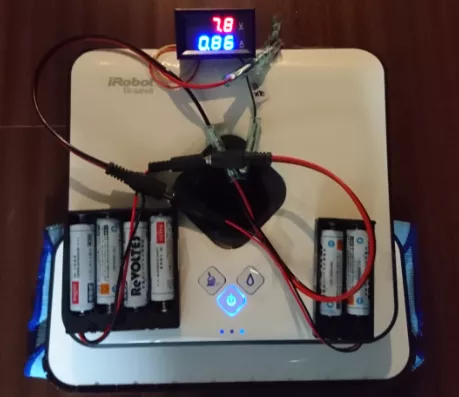
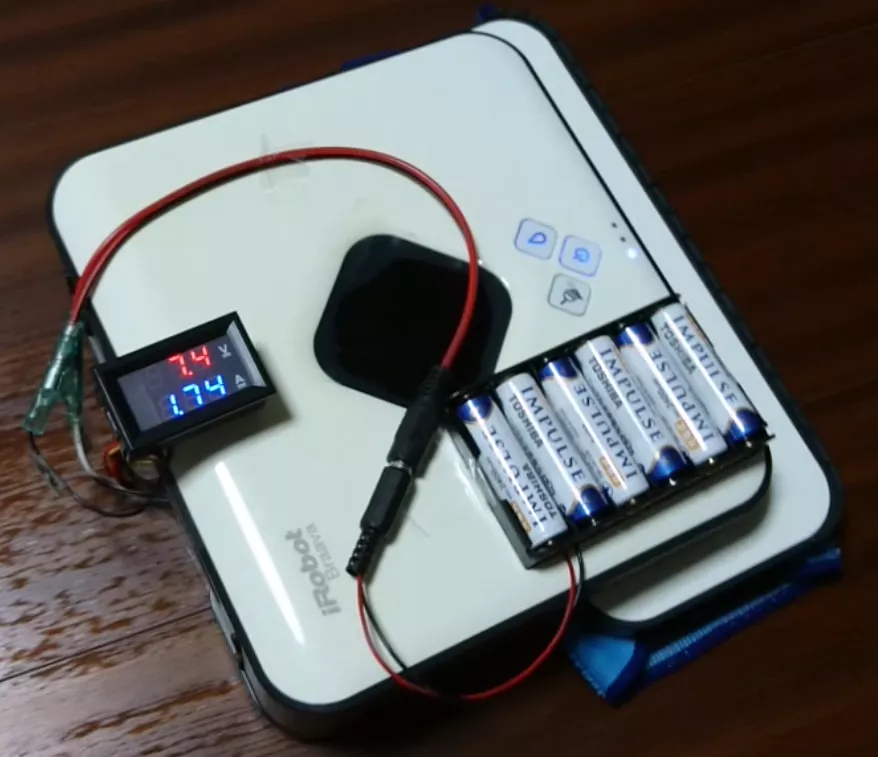
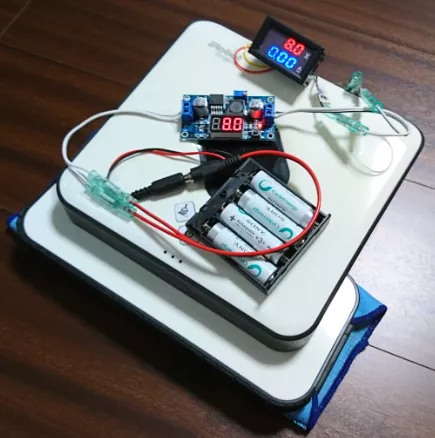
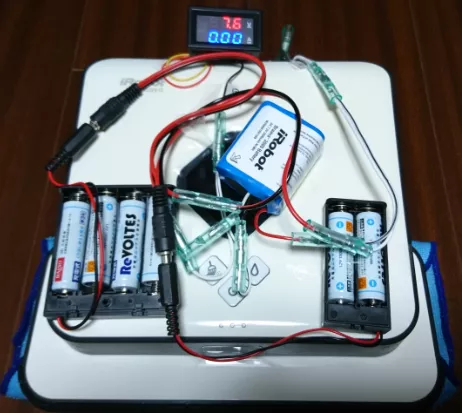
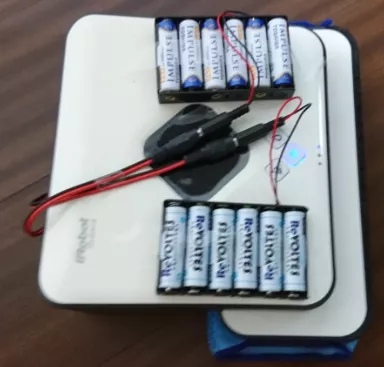

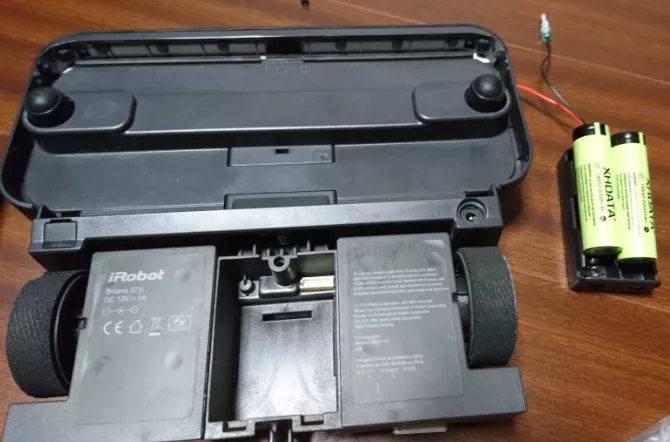
Comments